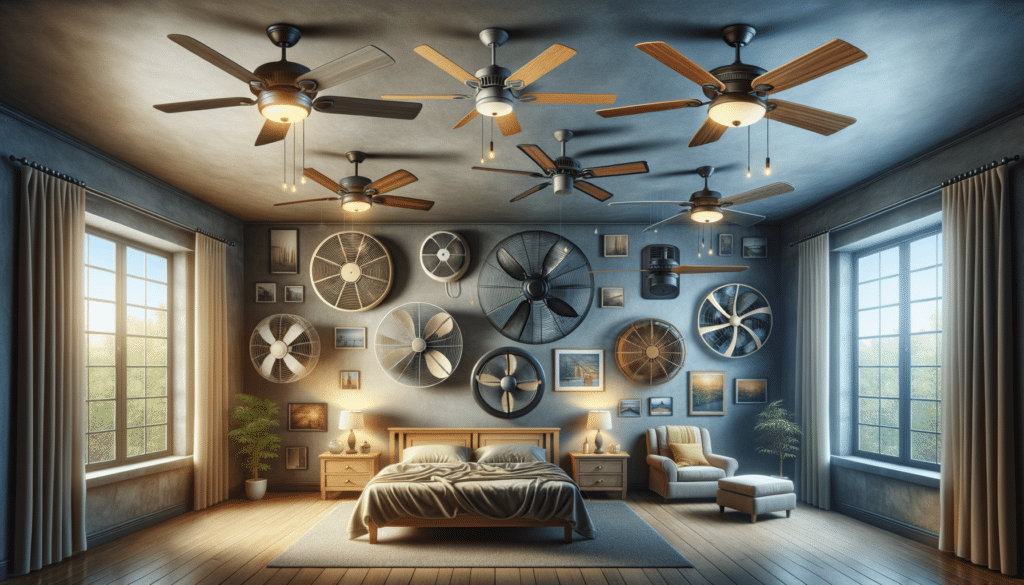Types of Ceiling Fans
Ceiling fans come in a variety of styles and functionalities, each designed to suit different needs and preferences. The primary types include standard ceiling fans, low-profile ceiling fans, dual-motor ceiling fans, and energy-efficient ceiling fans. Standard ceiling fans are the most common, featuring a simple design suitable for most rooms with average ceiling heights. Low-profile ceiling fans, also known as hugger fans, are ideal for rooms with ceilings lower than eight feet, as they mount directly to the ceiling without a downrod.
Dual-motor ceiling fans are a more unique and decorative option. They come with two adjustable fan heads, allowing for customized airflow direction. These are suitable for larger spaces or rooms with specific airflow requirements. Energy-efficient ceiling fans, often equipped with advanced motor technology and aerodynamic blade designs, focus on reducing electricity consumption while maintaining optimal airflow. These fans are particularly beneficial for environmentally conscious homeowners looking to reduce their carbon footprint.
When choosing a ceiling fan, consider the room size and ceiling height, as these factors influence the type of fan that will work best. Additionally, the style and finish of the fan should complement the room’s decor, ensuring both functionality and aesthetic appeal.
Ceiling Fans with Built-in Lights
Ceiling fans with built-in lights offer a dual-purpose solution for home lighting and cooling needs. These fans are particularly advantageous in rooms where space is limited, as they eliminate the need for separate lighting fixtures. Available in various styles, from traditional to modern, these fans can enhance the overall ambiance of a room while providing efficient air circulation.
The lighting options in these fans range from LED to halogen, each offering different levels of brightness and energy efficiency. LED lights are a popular choice due to their long lifespan and low energy consumption. They provide bright, clear lighting that is ideal for task-oriented spaces like kitchens or home offices. Halogen lights, on the other hand, offer a warmer glow, making them suitable for living rooms or bedrooms where a cozy atmosphere is desired.
When selecting a ceiling fan with a built-in light, consider the room’s existing lighting scheme and how the fan’s light will integrate with it. Additionally, check for features such as dimmable lights or remote controls, which can add convenience and flexibility to your lighting and cooling setup.
Energy-efficient Fans for Home
Energy-efficient ceiling fans are designed to provide optimal airflow while minimizing electricity usage, making them an excellent choice for eco-conscious homeowners. These fans often feature advanced motor technologies, such as DC motors, which are known for their low energy consumption and quiet operation. Additionally, energy-efficient fans may include aerodynamic blade designs that enhance airflow efficiency.
One of the key benefits of energy-efficient fans is their ability to reduce cooling costs. By circulating air effectively, these fans can make a room feel cooler, allowing homeowners to rely less on air conditioning. This not only cuts down on energy bills but also reduces the overall environmental impact of home cooling.
When choosing an energy-efficient fan, look for models with the ENERGY STAR label, which indicates that the fan meets strict energy efficiency guidelines set by the U.S. Environmental Protection Agency. Consider additional features such as variable speed settings and remote controls, which can further enhance the fan’s efficiency and user convenience. By investing in an energy-efficient ceiling fan, you can enjoy a comfortable home environment while contributing to a more sustainable future.


